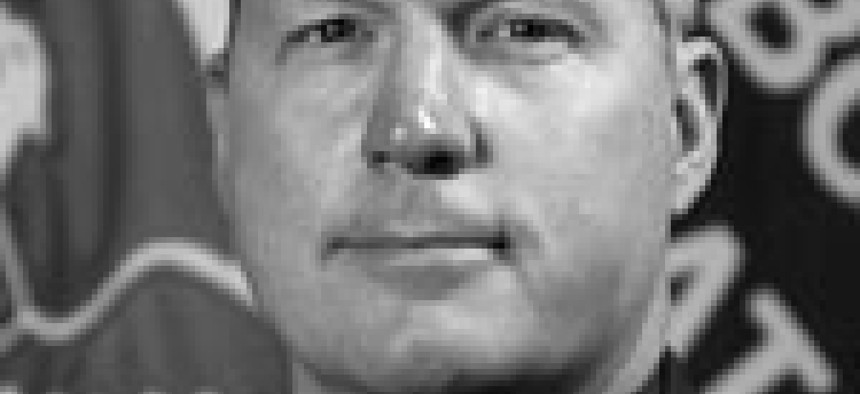A new twist on disaster response

Federal 100 award winner George Bressler headed up a disaster drill that demonstrated how government could harness social media in an emergency.
As told to Alice Lipowicz
George Bressler’s plans for a relatively simple earthquake simulation exercise with authorities in Mexico quickly mushroomed into something bigger when he issued an invitation for anyone to join in. His open approach expanded participation across national and organizational boundaries and gave the agency insight into the complexities of using social media in a real disaster. The result was a valuable exercise in marshaling community resources and mapping vital information to save lives.
Exercise 24 (X24) was developed as a 24-hour multiple-agency virtual exercise exploring collaborative solutions, including cloud computing and social media, for disaster response. We started planning with 20 people and five agencies, and it grew to more than 12,500 people and 90 organizations in 79 countries.
The initial concept of operations was to simulate an earthquake in Mexicali, Mexico, near San Diego so we could draw participation from both sides of the border and to host the social media event at the Immersive Visualization Center at San Diego State University. I put out a mission and a vision and said, “Let’s explore solutions together,” and the project kept growing. It was an open invitation for anyone to join us. It became dynamic and evolved rapidly on its own.
We had the United Nations involved with indigenous populations in flood zones. We had the commanding admiral of Mexico, 2nd Navy Region, who wanted us to add a tsunami to the scenario, so we did. Somalia's ambassador to China called into the visualization center to provide guidance with services for displaced people. We had firefighters and people sending in [virtual] blankets and food.
A wide range of collaborative technologies were applied, including geo-location tools such as GeoChat, which transmits information in low-bandwidth situations, and CrisisCommons, which puts geo-tags on tweets and other messages. We also had a humanitarian and disaster relief cloud provided by InRelief.org. The Red Cross tested a satellite-based global-area network for Internet connectivity in the field.
We had Twitter and Facebook, and the question is how do you transform the massive amounts of information coming in from those communities into an actionable framework. How do you aggregate and share it through good visual analytics? The [Global Positioning System] applications can map where people in need are, what they have and what they need — whether to identify where someone is trapped, where the bridge is out, where the roads are open. Also to let the people know where the shelters are and how to get help. The point is to get to the people in need. We are here to serve.
We had robust activity on Facebook, Twitter and Google Groups, and we found that with social media, it was not as controllable as a traditional exercise. In a real disaster, you have thousands of people using Facebook and Twitter to discuss what is occurring, so that is the reality. It is the ground truth. There were cascading effects as all the different groups got engaged.
We found that social media two-way communications positively affected relationships in the operations center. At the same time, social media does not replace the cell phone or the command and control structure. The challenge for CBP is that we do not yet have an official policy on how to do operations in the social media space as an agency.
For X24, my budget was zero. X24 relied on open-source tools such as GeoChat and OpenStreetMap. I want to get away from proprietary technologies.
The next X24 Europe is with the incredible leaders at U.S. European Command with a simulated disaster in the Balkans. X24 is truly unique and will continue to evolve. It is an open collaboration space that has never been done before in this way.
Read more about the 2011 Federal 100 award winners.
NEXT STORY: Cybersecurity Ecosystem: The Future?





